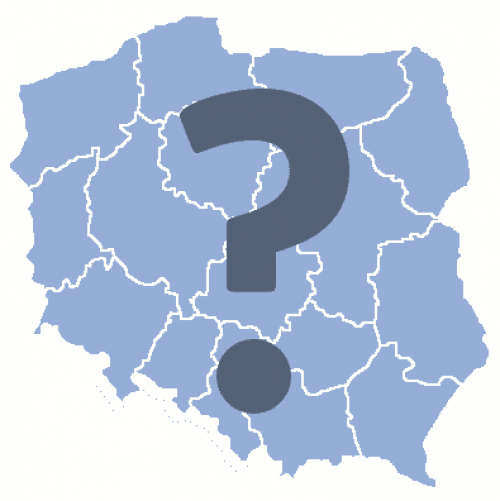Millions of Holocaust-related Sources in and on Poland Integrated into the EHRI Portal

by Giles Bennett, Michał Czajka, Veerle Vanden Daelen
In September 1939, 3.3 million Jews lived in the Republic of Poland. In 1945, only 300,000 were still alive. Polish Jews were more than half of the victims of the Holocaust. Additionally, hundreds of thousands of Jews from all over Europe were taken to Poland to be killed there. Sources on the Holocaust in Poland are thus central to EHRI’s mission. Despite widespread destruction, countless sources do survive in the country itself as well as across the world. Although the task of gathering information about these holdings with its many different languages, source types, and archival systems is quite daunting, EHRI made it one of its priorities.
Luckily research in Poland has a long tradition and EHRI was able to build on these foundations. An archival guide edited by Alina Skibińska provided EHRI with a comprehensive overview.[1] EHRI, Alina Skibińska and other experts worked on the 2007 Polish version of the book and published the revised and updated English version of the guide on the EHRI website. The first part of the book discusses the content of individual Polish archives, as well as archives in other countries, possessing documents concerning Poland. The second part of the book contains a discussion of various types of sources (files of the German administration and police, files of Jewish Councils, files of social welfare institutions, documents of the Polish resistance movement, files of prosecution offices, courts, prisons and camps, the press and finally the personal documents, including diaries, journals, relations and letters).
All described archives and collections from the book were also integrated into the EHRI Portal. Researchers around the world can now also profit from the conclusions drawn by Polish Holocaust historiography regarding source types such as photographs, phonebooks, diaries, testimonies and administrative records. As such, reading this book provides you with a firm methodological basis on Holocaust sources which surpasses the geographic confines of Poland.
Poland’s archival landscape is fairly centralised. Two main archival networks predominate in the field of Holocaust history: The State Archives and the Institute of National Remembrance[2]. Both have highly standardised archival descriptions which could be integrated into the EHRI Portal by joint work of the EHRI team with the support of the involved institutions. The EHRI Portal covers 109 Polish archival institutions and 2810 archival unit descriptions. Together with entries on Poland-related holdings elsewhere throughout the rest of the world in the Portal, this provides ample information for further investigations, be they deeper on the local level or based on inter- and transnational comparison. EHRI and all contributors can look forward to the new research results based on these firm foundations.
Visit the EHRI Portal
Image: https://upload.wikimedia.org/wikipedia/commons/1/16/Poland_dummy_map.png
[1] Alina Skibińska, Źródla do badań nad zagładą Żydów na okupowanych ziemiach polskich. Przewodnik archiwalno-bibliograficzny (Warsaw 2007).
[2] The Institute was established in 2000, as a result of transformation of the Main Commission for the Investigation of Nazi Crimes and its holdings include original files created by the Main Commission for the Investigation of Nazi Crimes, files of the German occupation administration and apparatus of repression, post-war files of the prosecutors’ offices, the judiciary and prison system, as well as collections of documents provided by private individuals.
